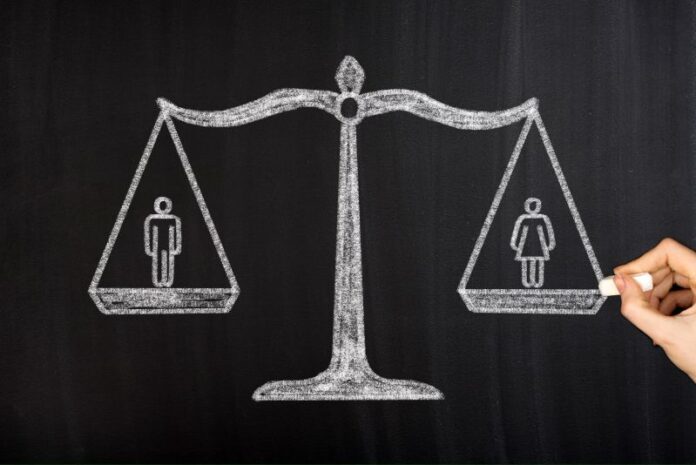The Philippines rose five spots to rank 20th in the World Economic Forum’s Global Gender Gap Report 2025, with an overall gender parity score of 78.1 percent, up 0.2 percentage point from last year.
The country retained its third position in the East Asia and Pacific region, behind New Zealand and Australia. However, it has fallen from a high of sixth place globally between 2006 and 2008.
The WEF said the global gender gap narrowed to 68.8 percent, marking the strongest annual improvement since the COVID-19 pandemic. At the current pace, full gender parity remains 123 years away.
Iceland topped the rankings for the 16th consecutive year, followed by Finland, Norway, the United Kingdom and New Zealand.
“At a time of heightened global economic uncertainty and a low growth outlook combined with technological and demographic change, advancing gender parity represents a key force for economic renewal,” said Saadia Zahidi, managing director of the WEF.
“Economies that have made decisive progress towards parity are positioning themselves for stronger, more innovative and more resilient economic progress,” Zahidi said.
The 19th edition of the report, which covers 148 economies, highlighted both progress and persistent barriers to gender equality. Gains in political empowerment and economic participation drove this year’s improvement, while educational attainment and health and survival remained near parity, each above 95 percent.
Despite women making up 41.2 percent of the global workforce, they hold only 28.8 percent of top leadership roles, according to the report.
In the Economic Participation and Opportunity subindex, the Philippines maintained a gender parity level of about 80 percent. Slight improvements in wage equality and estimated earned income brought its economic parity score to 79 percent, the highest in East Asia and the Pacific this year.
However, gender parity in education declined slightly. For the first time, boys’ net enrolment in primary school surpassed that of girls, causing a 1.2 percentage point drop in the education parity score from previous years of full parity.
In health and survival, the Philippines has seen a growing sex imbalance at birth over the past decade. The sex ratio at birth (female to male) declined from 0.944 in 2016 to 0.926 in 2025.
The country’s political empowerment score benefited from nearly 16 years of female leadership under former Presidents Corazon Aquino and Gloria Macapagal-Arroyo, contributing to a 46.2 percent score in the head-of-state indicator—the second-highest in the region. However, female representation in parliament remains modest at 38.9 percent, and the share of women in ministerial positions declined to 21.1 percent in 2025 from over 30 percent in 2006–2007 and 2023.
Iceland remained the world’s most gender-equal economy, having closed 92.6 percent of its gender gap—the only country to surpass 90 percent. Finland (87.9 percent), Norway (86.3 percent), the United Kingdom (83.8 percent) and New Zealand (82.7 percent) completed the top five.
All top 10 countries have closed at least 80 percent of their gender gaps. European nations accounted for eight of the top 10, with Iceland, Finland, Norway and Sweden consistently ranking among the leaders since 2006.








